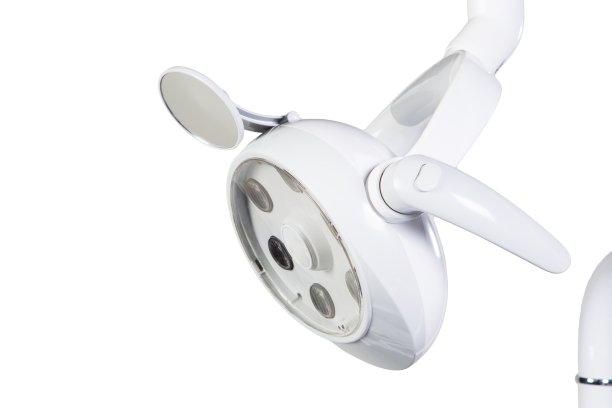The Essential Guide to Extracting a Tooth and Ensuring a Smooth Recovery Process Following the Procedure
Summary: Extracting a tooth can be a daunting experience, but understanding the procedure and recovery process can alleviate fears and promote a smooth transition. This guide details the essential steps for safely extracting a tooth, including preparing for the extraction, the procedure itself, post-operative care, and potential complications. Each section demystifies the procedures involved, helping patients feel more informed and confident as they navigate their dental health. By taking proactive measures, patients can enhance their recovery experience and return to normalcy with minimal discomfort.
1. Preparing for Tooth Extraction

Preparation is crucial for a successful tooth extraction. Before the appointment, patients should schedule a thorough consultation with their dentist to discuss any existing health conditions and medications taken. This ensures the dentist can assess any potential risks and identify the best approach for the extraction.
Patients should also consider dietary restrictions leading up to the procedure. It is often recommended to drink plenty of water and consume soft, bland foods for a few days before the extraction. Arranging for someone to accompany them to and from the appointment is advised, as anesthesia or sedatives may impair their ability to drive afterward.
Finally, it can be beneficial for patients to have a list of questions prepared for their dentist. Understanding what to expect throughout the procedure can help alleviate anxiety and provide clarity on the necessary aftercare.
2. Understanding the Extraction Procedure
The extraction procedure begins with a thorough examination of the affected tooth. Dentists may take an X-ray to determine the tooths structure and root location. Once the assessment is complete, the dentist will administer local anesthesia to numb the area around the tooth.
With a numbed area, the dentist proceeds to gently loosen the tooth using specialized tools. In some cases, a tooth may require surgical extraction, involving incisions in the gum tissue. Patients may briefly feel pressure during this phase, but it should not be painful due to the anesthesia.
After the extraction, the dentist will provide necessary instructions on how to care for the extraction site to encourage healing and prevent complications. This period is crucial for ensuring a smooth recovery.
3. Post-Operative Care Essentials
Post-operative care is paramount for a successful recovery after tooth extraction. Initially, patients should bite down on gauze pads for about 30-45 minutes to help stop the bleeding. Changing the gauze as it becomes soaked is necessary to maintain pressure on the blood clot forming in the extraction site.
For the first few days, patients should stick to soft foods and liquids, avoiding anything too hot or spicy. Ice packs can significantly reduce swelling, and over-the-counter pain relievers are effective for managing discomfort. However, patients must follow their dentists recommendations regarding medication use.
It’s also crucial to maintain oral hygiene during the recovery process. Gently rinsing the mouth with warm salt water can help keep the area clean, but patients should avoid using straws for at least 48 hours to prevent dislodging the blood clot.
4. Recognizing Complications and When to Seek Help
While most tooth extractions have a smooth recovery, it is essential to be aware of potential complications. One common issue is dry socket, where the blood clot fails to form or becomes dislodged, leading to increased pain and longer recovery times.
Infection is another concern that may arise if bacteria invade the extraction site. Symptoms of infection can include fever, excessive swelling, or a foul taste in the mouth. If any of these symptoms occur, patients should contact their dentist immediately for assessment and possible treatment.
Swelling is normal, but if it persists beyond a few days or worsens, patients should seek help. It’s important for individuals to listen to their bodies and consult their dentist with any concerns during the recovery process.
Summary:
In summary, understanding tooth extraction and the subsequent recovery process can significantly reduce anxiety and lead to a better overall experience. From preparation to post-operative care and being aware of complications, patients are empowered to take an active role in their oral health. Following these guidelines will support a speedy and smooth recovery, allowing individuals to get back to their daily lives quickly.
This article is compiled by Vickong Dental and the content is for reference only.



